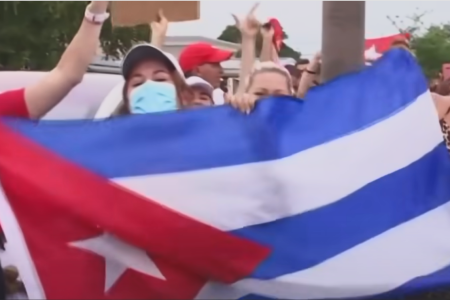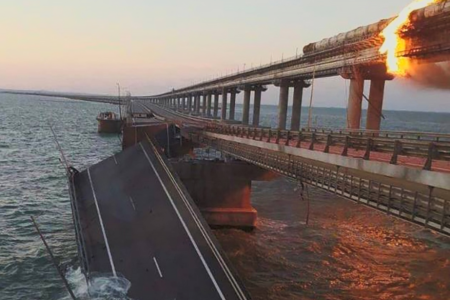After establishing the two island districts of Hoang Sa and Truong Sa in April of this year, the country’s next administrative step in the South China Sea (Vietnamese call it the East Sea) is the revision of China’s maritime regulations dating back to 1974, redefining the waters between China’s Hainan Island and Vietnam’s Hoang Sa (Paracels) that China illegally occupied and called it Xisha.
As of August 1, 2020, a revised version of China’s maritime regulations dates back to 1974, redefining the waters between China’s Hainan Island and the Paracels that Beijing took over from Vietnam also in 1974, took effect.
China has just published a regulation officially called “Technical rules for checking ships in domestic routes.”
The most notable point in this maritime regulation is that China has changed the term, calling the waters between Hainan Island and the Paracels a “coastal” or “coastal” area instead of “offshore.”
In this new document, China automatically established the so-called “Hainan Maritime Area – Xisha.” This maritime area is defined as the area between the two extremes of east and west on Hainan island and three points in the east, west and south of the Paracels.
The issuance of new maritime regulations, which see maritime routes between Hainan and Paracels as China’s inland routes is a new development of the controversial decision announced in April, the establishment of two separate island districts to manage Hoang Sa and the Truong Sa (Spratlys). Specifically, on April 18, China announced the establishment of the so-called “Xisha District” (ie the Hoang Sa or Paracels of Vietnam) and “Nansha District” (the Truong Sa or Spratlys of Vietnam) in “Sansha city.” China contradicts saying that “Xisha District” will manage the Paracels, Macclesfield Beach, and surrounding waters, while “Nansha District” manages the Spratlys and surrounding waters.
China has forcibly occupied Vietnam’s Paracels since 1974. It established the so-called “Sansha City” based on Phu Lam (Woody Island) in July 2012 to acquire the archipelagoes in the South China Sea, including Truong Sa and Hoang Sa.
China’s new move is considered by experts to increase control of the South China Sea.
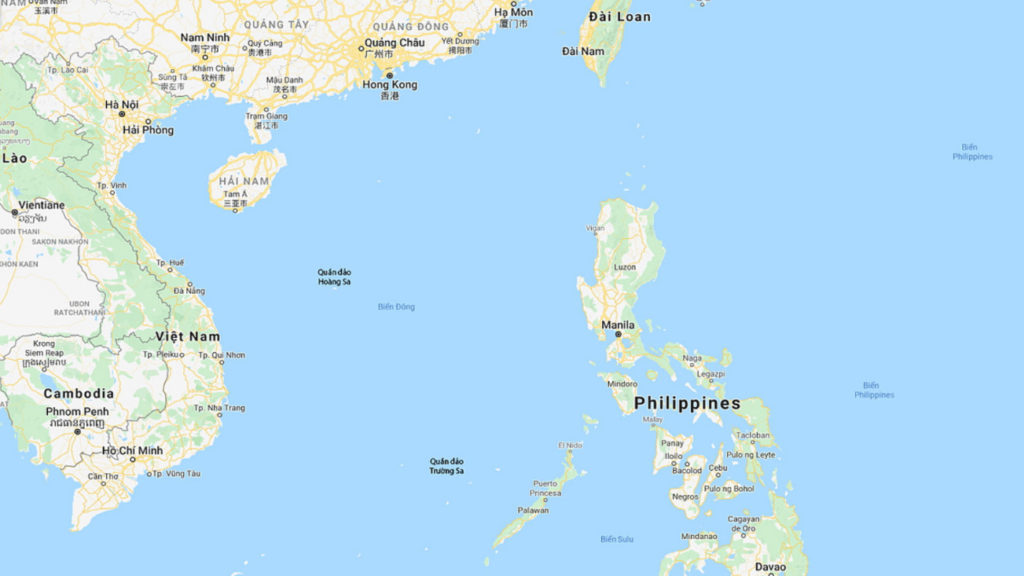
First of all, China is plotting to use Chinese law to enforce the disputed areas.
It is noteworthy that the term “domestic” is in the official name of the regulation effective as of August 1. This means that China has defaulted to “Hainan – Xisha Maritime Area” which includes Vietnam’s Paracels are inland areas of China.
According to Zhang Jie, an expert on the South China Sea at the Chinese Academy of Social Sciences, the above-mentioned move is probably aimed at strengthening the management of the Paracels by using domestic law.
For this Chinese expert: “Although it is not directly aimed at strengthening management, the effect is practically no different.”
Collin Koh, an expert at S. Rajaratnam Center for International Studies at Nanyang Technological University (Singapore), agrees.
According to him, China’s move “is not surprising, especially after Beijing announced the establishment of two administrative districts to manage the Paracels and Spratlys.”
According to the Hong Kong South China Morning Post (SCMP), the international community has strongly criticized China at the time when it stepped up its strategy of using domestic laws to claim sovereignty over disputed and expanded areas in the South China Sea.
For example, from 2010 to date, China has established seven new maritime courts, one located in the “Sansha City“- an administrative unit of Hainan Island.
Through 2013, Beijing merged a number of maritime authorities into the new Coast Guard, and in 2017, the Chinese Supreme Court declared itself expanded to all areas of China’s “sovereignty,” including the seas.
It can be said that this action of China is actually aimed at strengthening the control of the South China Sea.
Collin Koh expert said that the change of Chinese words to indicate the sea area between Hainan and Paracels has been carried out since the beginning of this year, but now it takes effect. The goal “is undoubtedly to further strengthen Beijing’s sovereignty claim” in the waters.

On Twitter, another South China Sea observer said that China’s move was not merely to promote communication and tourism between Hainan and the Paracels, but also to a broader meaning than from now on, Chinese ships can freely go to the Paracels because that area is only a “coastal” area. This is the trick to increase control over the South China Sea.
Observer Dang Duan also said that: With the new regulations, ships previously allowed to operate only in “coastal areas“, ie “coastal” will now be allowed to go to Paracels (formerly offshore ). This will significantly increase the fleet of qualified ships to and from the area.
The classification like this initially seemed to have only internal purposes, to promote traffic as well as tourism between Hainan Island and Paracels.
However, it is impossible to exclude the possibility that when traffic in this area becomes bustling, China will apply illegal forms of control, management and regulation to serve the permanent and deeper conspiracy to turn the South China Sea into a “home pond.”
This is a new Chinese illegal act that needs to be condemned.
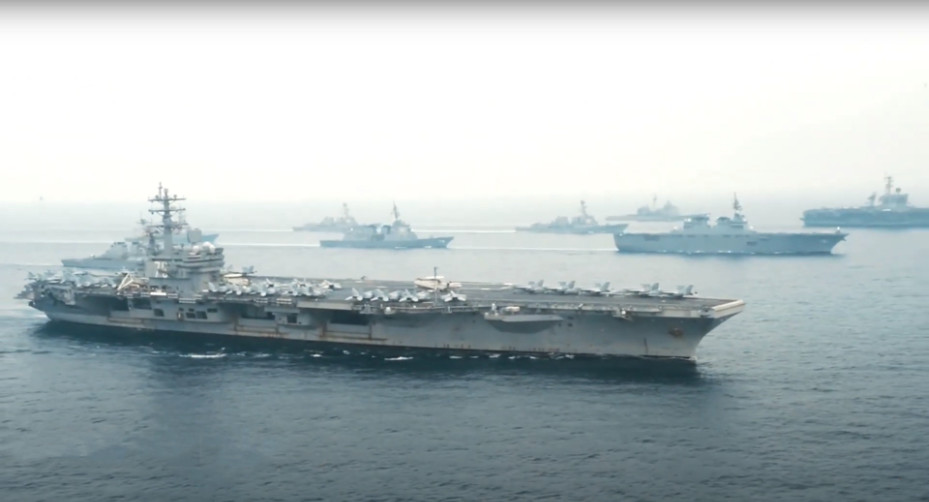
To Carl Thayer, a senior expert on the South China Sea of the Australian Defense Academy (University of New South Wales), China’s action to make the Paracels into a Chinese district is an illegal act according to International law. In an analysis on April 19, Professor Thayer highlighted China’s seizure of the Paracels through force in January 1974 and international law does not recognize sovereignty acquired through conquest.
Currently, China is trying to impose real sovereignty over disputed entities in the South China Sea by promoting organizations for Chinese tourists to visit in order to develop the local and civil economy.
China’s new assertive move was noted at a time when Beijing was facing growing international opposition to its undue sovereignty claims over most of the South China Sea.
In July, the US and Australia issued a statement, asserting that China’s maritime claims in the South China Sea are illegal because they are not in compliance with international law.
And most recently, Malaysia on July 29, 2020, sent a note to the UN’s Secretary-General to reject the Chinese “historical rights” in the South China Sea based on the map of nine-dashed lines drawn by themselves.
In the note, in an unusually strong tone, Malaysia affirmed to reject the “whole content” of another note China sent to the UN on 12 December 2019, of which Beijing gave that Kuala Lumpur has no right to propose extending Malaysia’s continental shelf in the northern part of the country.
The July 29 note of the Kuala Lumpur administration emphasized that Malaysia’s proposal was fully in accordance with the provisions of the 1982 UN Convention on the Law of the Sea (UNCLOS). Malaysia’s document to the UN stated: “Malaysia rejects China’s claim to historical rights, as well as sovereignty and jurisdiction rights, regarding maritime areas in the South China Sea within its nine-dash line.”
For Malaysia, China’s claims have “gone against UNCLOS and have no legal impact because they have exceeded the geographical scope and substantive boundary that China is entitled to under the convention.“
Thus, in recent times, excessive Chinese claims have been repeatedly denounced and rejected by many countries, not only by the countries in direct dispute but also those with no sovereignty claims in the South China Sea but have interests in this international waters.
However, despite the condemnation of the international community, China continues to promote illegal sovereignty in the South China Sea in an aggressive, and opposite attitude.
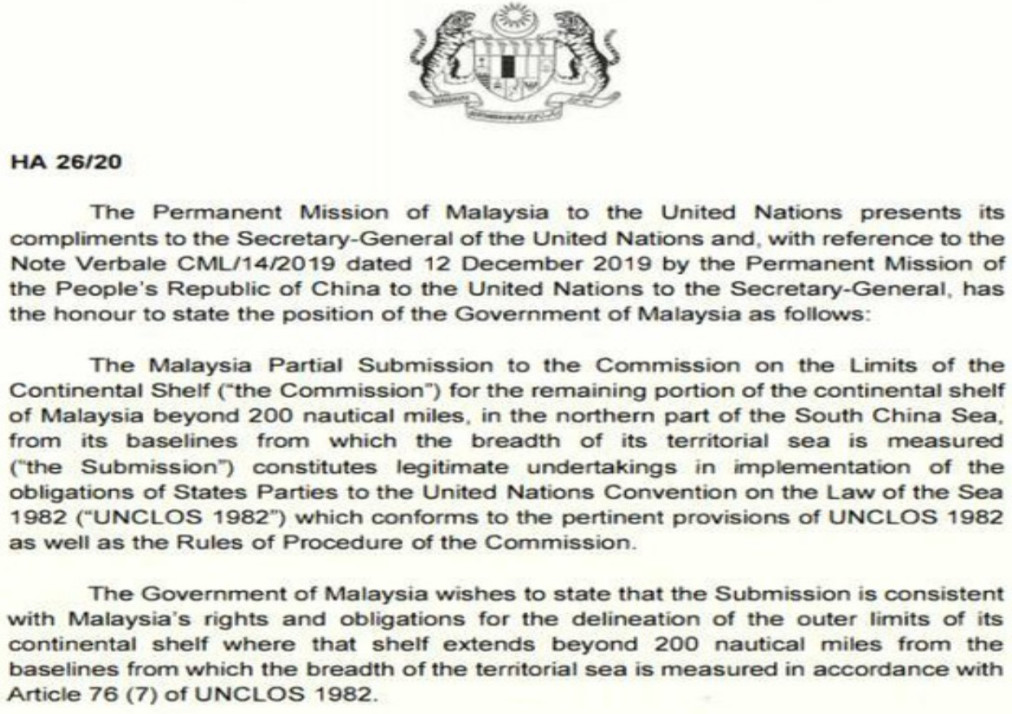
China has recently carried out a series of aggressive activities in the South China Sea, such as sending the geological survey ship Hai Duong 8 into the exclusive economic zone of Vietnam and following the drilling of Malaysia, and sinking Vietnamese fishing vessels near Paracels.
In a monthly online press conference, Chinese Defense Ministry Spokeswoman Ren Guofao said the Chinese Navy air force “recently” performed “with high intensity” along with various types of airstrikes H-6G, H-6J, and other aircraft in the South China Sea.
The spokesman made it clear that Chinese aircraft participating in the drills had “taken off and landed during the day and night, conducted long-range strikes or attacked sea targets” and the exercises achieved the expected purposes. However, the specific location of the drill was not announced.
Thoibao.de (Translated)









